Wingspan 9.6 m Engine type Rolls-Royce Nene | Length 12 m First flight November 19, 1948 | |
 | ||
Manufacturers Hawker Siddeley, Hawker Aircraft | ||
The Hawker P.1052 was a British experimental aircraft built by Hawker Aircraft Limited for trials with swept wings.
Contents
Design and development
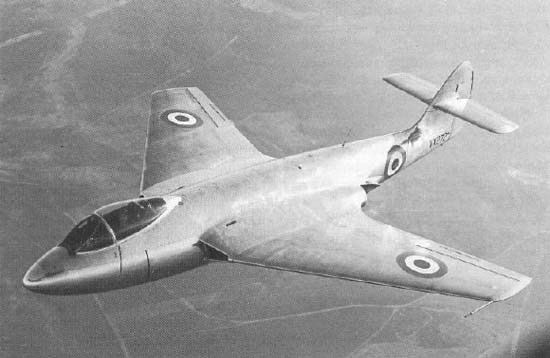
Designed to meet Air Ministry specification E.38/46 the P.1052 was similar to the Hawker P.1040 (Hawker Sea Hawk) in most aspects, with the main difference being the wings were swept back at an angle of 35°. The tailplane was cropped to a shorter span. The first prototype (VX272) first flew on 19 November 1948, and the second prototype (VX279) on 13 April 1949.
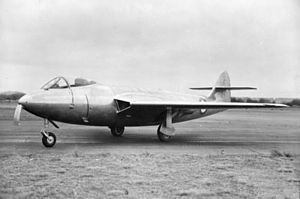
During the winter of 1949-50 the first prototype had both wings and fuselage strengthened after structural tests on a third, non-flying airframe. At about the same time the second prototype was fitted with a variable incidence tailplane. In 1950 this aircraft was rebuilt with a single jet outlet and swept empennage as the Hawker P.1081. Its now redundant rear fuselage was then strengthened, fitted with an arrestor hook and transferred after some delay to the first prototype. Now the only P.1052, it was fitted with a bullet fairing at the tailplane-fin intersection which improved its high speed behaviour. In May 1952, with a long stroke Sea Hawk undercarriage it undertook much delayed take-off and landing trials on board HMS Eagle. In June it received its last modification, a variable incidence swept tailplane, and it flew on high speed trials with the RAE until a forced landing in September 1953 took it out of service.
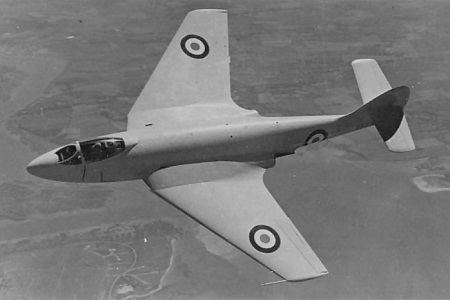
A rocket-assisted version of the P.1052, designated P.1078 and using the Armstrong Siddeley Snarler engine, was the subject of a design study, but because work on the unswept P.1040-based Hawker P.1072 was more advanced, the P.1078 was not built.
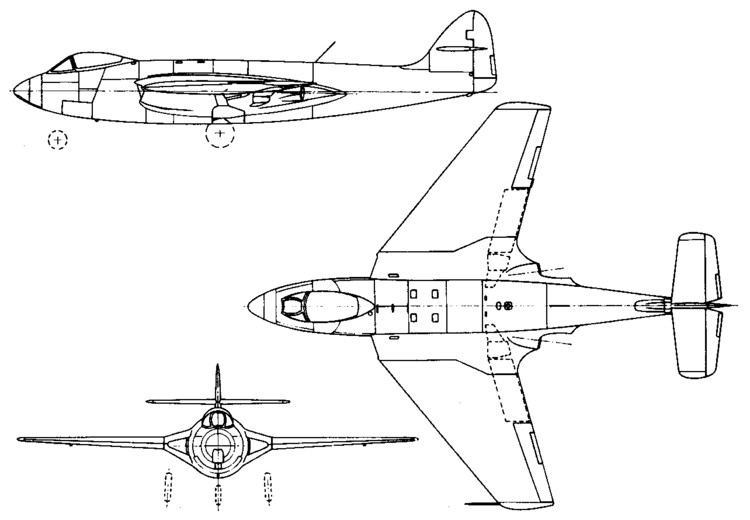
No more P.1052s were built as work had been transferred to the P.1067 (Hawker Hunter). The P.1052 was part of the transition from the straight-winged, centrifugally powered Sea Hawk to the axially powered, swept-wing Hunter.
Aircraft on display
The first prototype VX272 is displayed at the Fleet Air Arm Museum, Yeovilton.
Operators
Specifications (P.1052)
Data from Mason 1971, p. 330
General characteristics
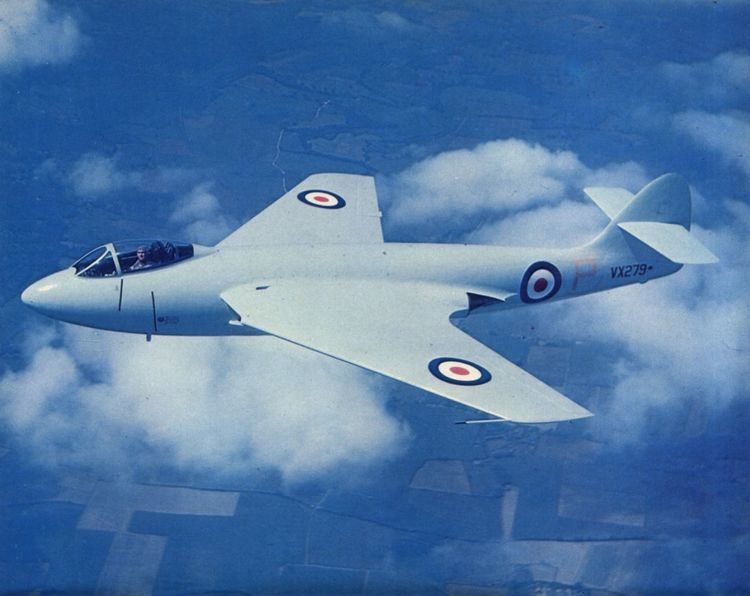
Performance
